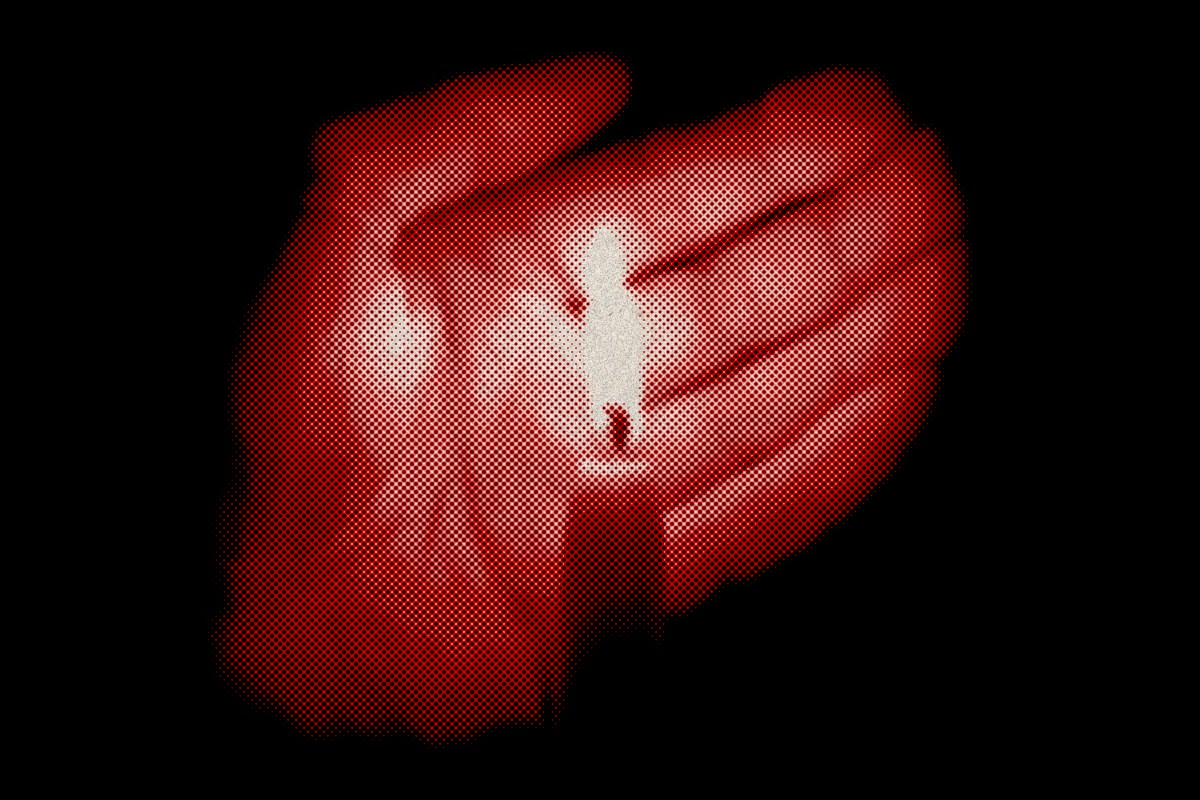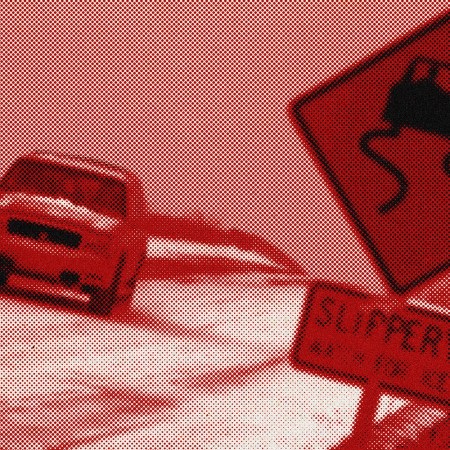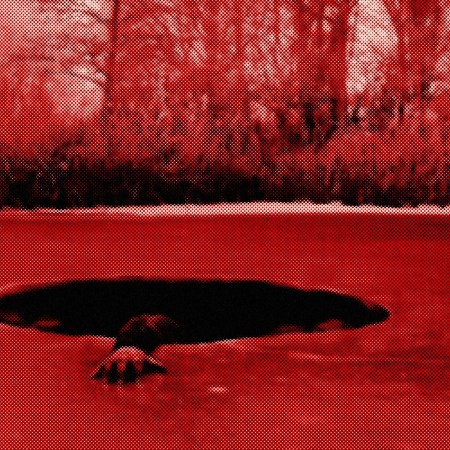Many of the key elements to surviving a winter power outage are — or at least should be — common knowledge. For example, you probably don’t need us to tell you to take a preemptive trip to the grocery store for supplies or throw a few extra layers on to keep warm; intuitively, you know to do that. Logistically, though, there are a few additional scenarios to consider when the lights go out in the dead of winter. Chief among them is how to prevent your pipes from freezing.
If you live anywhere that experiences sub-freezing temperatures throughout the winter months, you understand this threat, and the havoc that can result when frozen pipes burst. Or, at the very least, you grew up listening to your dad warn you about said havoc, and so you have at least a loose comprehension of what it might entail.
We spoke to Brandon and Jay Friedman of Irwin Friedman & Son in Williamsburg, Brooklyn — NYC Licensed Master Plumbers and Heating and Fire Suppression Contractors in their fourth generation of business — about how to ensure you aren’t met with total anarchy at the hands of your plumbing in the event you lose electricity. Spoiler alert: you’ll probably need to take a trip to the hardware store. Here are their expert tips …
1.) Keep adequate heat on for as long as you can
If you’re expecting a winter storm that may result in the loss of power, turn your heat up in advance. Take the opportunity to really warm up so that when the electricity goes out, you have a bit of a foundation to work from.
2.) Wrap and insulate your pipes
In areas with generally insufficient heat (crawl spaces, attics, etc.), wrap heat trace cable around your pipes and insulate them with either fiberglass insulation or foam insulation.
3.) Let your faucets drip
If your outside walls aren’t well insulated, the pipes in those areas might be more susceptible to freezing, particularly during long periods of freezing temperatures. To combat this, let your faucets drip — it’s extremely difficult for running water to freeze.
If you’re concerned about running water during a power outage, remember that you’re most likely not going to be using this opportunity to take what will inevitably be an ice cold shower, and hopefully you will have thought to stock up on bottled water for drinking in advance.
4.) Try to locate any drafts in advance
You can use spray foam to dam them.
5.) Check outside hose spigots
Make sure your hose has been shut from the inside isolation valve and drained down.
And, in case you do need to hear it from us: put on a few extra layers. You’re welcome.
Whether you’re looking to get into shape, or just get out of a funk, The Charge has got you covered. Sign up for our new wellness newsletter today.























